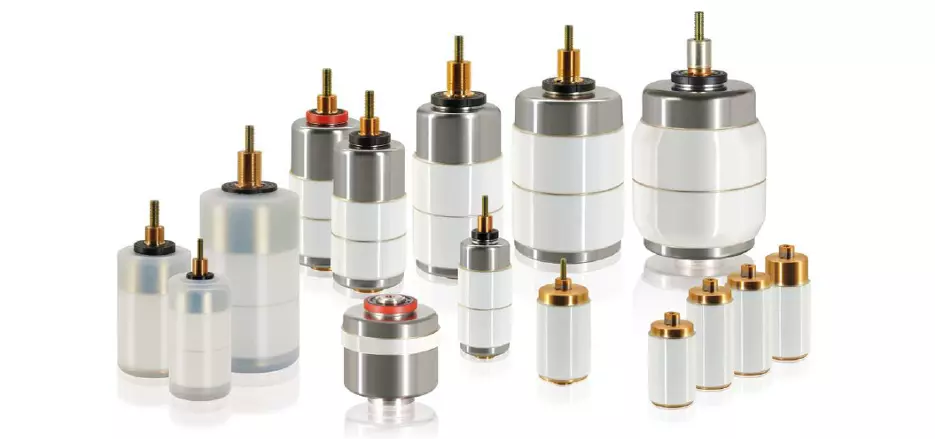Metal Vapor Condensation in Vacuum Interrupters
Vacuum Interrupters are widely used for current switching in the medium voltage range (10-50 kV). Since the contacts work under vacuum, the arc that builds up between the contacts during switching operation consists entirely of evaporated electrode material.
The evaporated material is (partly) ionized building a plasma consisting of light electrons, heavy ions and neutral atoms. In contrast to the charged plasma particles, neutral metal atoms are not affected by the prevailing electromagnetic fields and move freely inside the vacuum interrupter. Therefore, neutral metal vapor distributes inside the hole vacuum bottle until it condensates again on a surface.
After many switching operations, the vacuum interrupter cannot maintain the dielectric requirements due to the resulting metal coating on the ceramic surface. To increase the number of switching operations parts of the ceramics are typically protected against condensation with the aid of a metallic shield.
Metal vapor evaporates from the contacts and flows into vacuum. For such a rarefied gas flow discrete particle effects become prominent and the continuum model (Navier-Stokes) breaks down. A valid mathematical description of a microscopic model is given by the Boltzmann equation, which can be solved using Direct Simulation Monte Carlo (DSMC, e.g. Bird 1994), a particle method.
With our DSMC model we successfully reproduced coating thickness measurements, e.g. measurements from Schulman etal. 1999.
